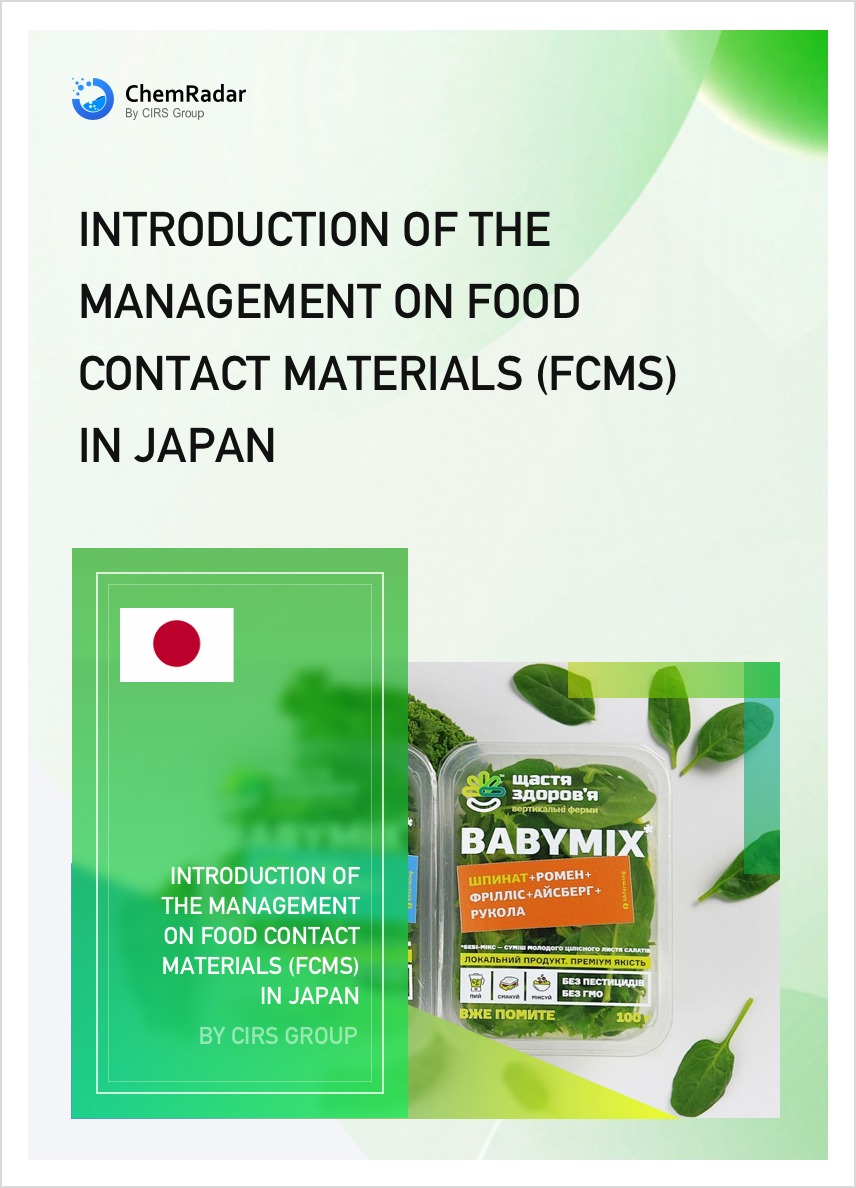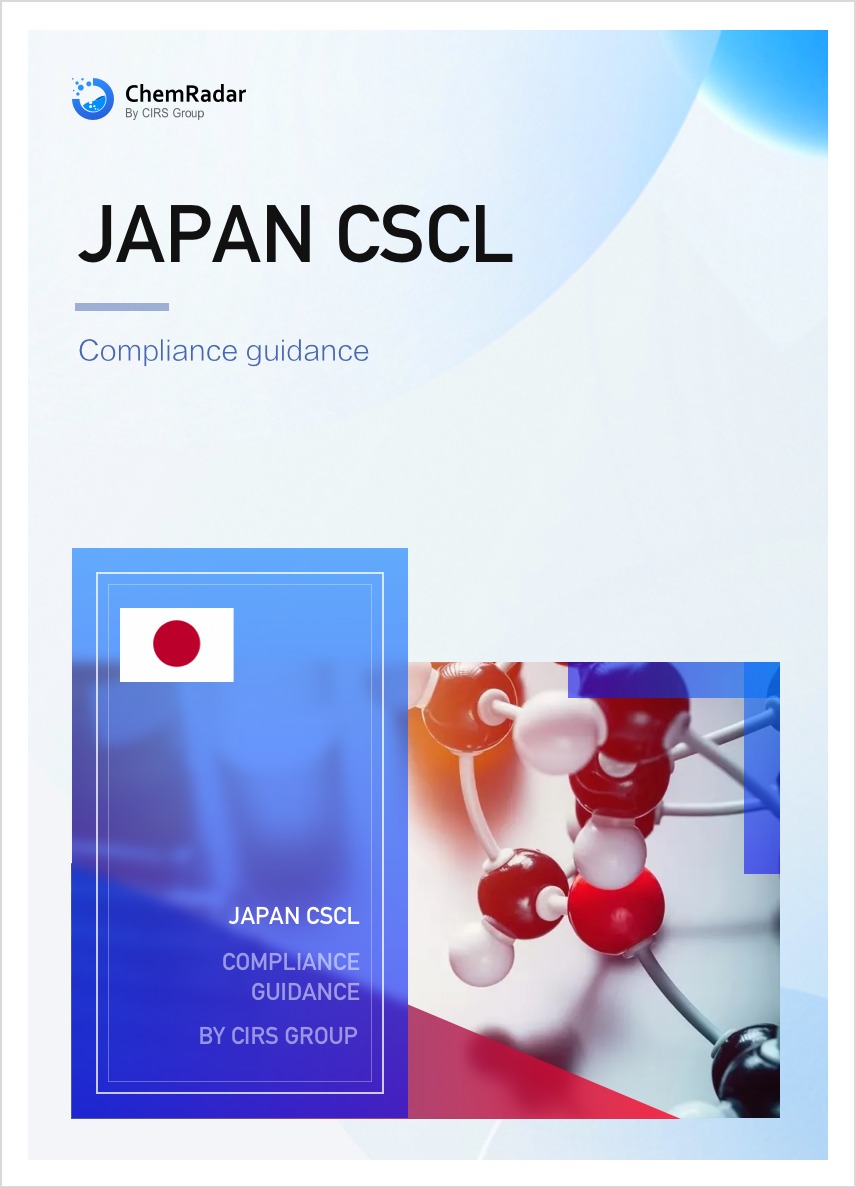On August 1, 2024, Japan's Ministry of Health, Labour and Welfare (MHLW), Ministry of Economy, Trade and Industry (METI), and Ministry of the Environment (MOE) jointly released a draft measure under the Chemical Substances Control Law (CSCL) concerning perfluorohexane sulfonic acid (PFHxS) and its related substances. The draft is open for public comments until September 5, 2024.
Background
The release of this draft measure is based on the decisions of the Stockholm Convention on Persistent Organic Pollutants, which during its tenth Conference of the Parties in 2022, decided to add PFHxS, its salts, and related substances to Annex A (prohibited for use). The convention aims to eliminate the production and use of persistent organic pollutants (POPs) that pose long-term risks to the environment and human health. In compliance with this international resolution, Japan will implement the following measures starting from 2025:
(1) Production and Import Prohibition
Japan will principally prohibit the production and import of PFHxS-related substances unless specifically permitted.
| Chemical substance | CAS NO. | CSCL Official gazette serial number |
| Compounds containing (trifluoroalkyl) sulfonyl groups (with a specified carbon count of 6) that can undergo chemical transformation under natural conditions to form perfluoro(hexane-1-sulfonic acid) or perfluoro(alkane sulfonic acids) (with a branched structure and a specified carbon count of 6) |
111393-39-6 55591-23-6 423-50-7 254889-10-6 38850-52-1, etc. |
2-2814 2-2815, etc. |
(2) Prohibition on Importing Products Containing PFHxS-Related Substances
| Chemical substance | Products prohibited from importation |
| Compounds containing (trifluoroalkyl) sulfonyl groups (with a specified carbon count of 6) that can undergo chemical transformation under natural conditions to form perfluoro(hexane-1-sulfonic acid) or perfluoro(alkane sulfonic acids) (with a branched structure and a specified carbon count of 6) |
|
(3) Use Restrictions
The use of PFHxS-related substances will be prohibited, except for certain essential uses that cannot find substitutes and do not harm the environment or human health.
(4) Operational Technical Standards
Specific operational technical standards must be followed when handling fire extinguishers, fire extinguishing agents for fire extinguishers, and foam fire extinguishing agents containing PFHxS-related substances to prevent environmental pollution.
Production Permit Application Process
Applicants must submit an application to the METI including personal or company name, address, location of business, chemical substance name, and manufacturing equipment and capacity.
Import Permit Application Process
Applicants must submit an application to the METI including personal or company name, address, chemical substance name, and quantity of import.
These measures aim to comply with the global management requirements of POPs under the Stockholm Convention to protect the environment and human health. The government calls for public participation in providing feedback to further environmental protection efforts.
These measures aim to comply with the global management requirements of POPs under the Stockholm Convention to protect the environment and human health. The government calls for public participation in providing feedback to further environmental protection efforts.




